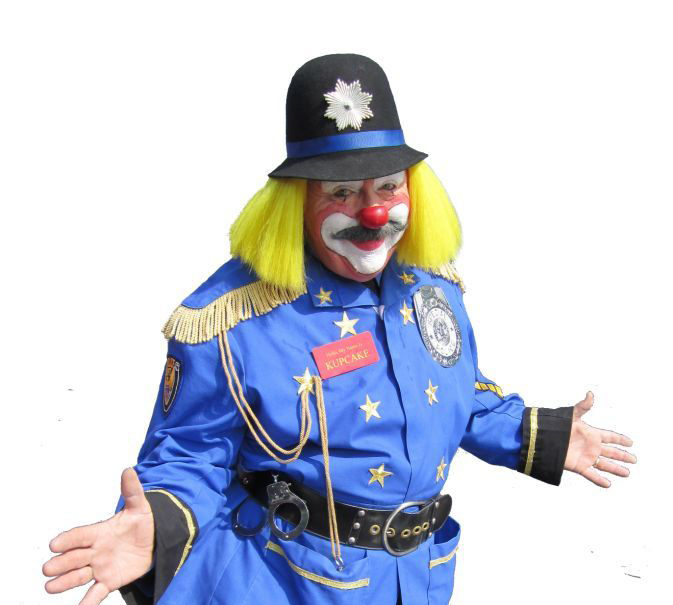Unknown Facts About All Occasion Performers
Unknown Facts About All Occasion Performers
Blog Article
The Only Guide to All Occasion Performers
Table of ContentsAn Unbiased View of All Occasion PerformersThe Best Guide To All Occasion PerformersAbout All Occasion PerformersOur All Occasion Performers DiariesAll Occasion Performers - Questions
Political illustrator Thomas Nast based his illustrations of Uncle Sam on Rice and his costume. Dan Rice was an established animal trainer. He focused on pigs and burros, which he trained and offered to various other clowns. He also offered an act with a qualified rhinoceros and is the only individual in circus history to provide a tightrope strolling elephant.He was likewise a benefactor who gave generously to many charities and he put up the first monument to soldiers killed throughout the Civil War - Corporate event ideas Dallas. Beginnings of the Auguste characterThere is a widely told tale regarding the beginnings of the Auguste clown. According to the tale, an American acrobat named Tom Belling was performing with a circus in Germany in 1869
Belling took off running, ending up in the circus field where he fell over the ringcurb. In his embarrassment and haste to escape, he fell over the ringcurb once more on his means out. The manager commanded that Belling proceed showing up as the Auguste.
All Occasion Performers - An Overview
For something, words Auguste did not exist in the German language until after the character ended up being preferred. Among the theories of the real beginning is that Belling duplicated the character from the R'izhii (Red Haired) clowns he saw when he explored Russia with a circus (https://medium.com/@toddburton7520/about). Personalities like the auguste certainly existed previously

The dance later became called tap dance. It must be kept in mind that there are alternate 'beginnings' for the vagrant character"among which was the traveling "hoe young boys," or itinerant farm workers, that rode the rails from one town to an additional, cleaning the soot away from their eyes & mouth.
The Buzz on All Occasion Performers
Keep in mind that the scare wig, exaggerated lips and eyes, oversized apparel and props of the American clown, props such a sparkling water, packed clubs, exploding cigars, and whistles loaded with soot, are not Grimaldi's. They come from Tambo and Bones. The English blackface comic Charles Mathews concerned America in 1822 to carry out and studied navigate to these guys black life and personalizeds.
No one knows where the mummers' plays and Morris dances originated from. In such plays there is a mishmash of personalities consisting of "kings" and "saints", cross-dressing, and blackface duties; the faces of Morris (or "Moorish") professional dancers were also smudged. The mummer's plays were except fun. Many were done by paupers in the starving time after Xmas.
The Derby Play of the Tup was executed for food and beer by jobless young people. One such objection has gone into American background as the Boston Tea Event.
Some Known Details About All Occasion Performers

While not the lush events we think of today, some early, rougher kinds of traveling circus were prominent in America from Revolutionary times-- George Washington was a fan. Blackface clowns carried out in them from a minimum of the 1810s and perhaps prior to; they were a staple by the 1820s. The large red or white mouth painted on by contemporary clowns is a residue of the blackface mask.
In several respects minstrelsy was born when these performers relocated their acts from the outdoor tents to the phase of American selection theaters. There was a solid component of clowning in minstrelsy. The blackface mask was a clown's disguise, exaggerating the face features right into an anime, a caricature. The blackface clown might be the forerunner these days's anodyne circus clown, but otherwise the two are as opposite as blackface and whiteface.
All Occasion Performers for Beginners
In several traditions the clown would certainly show some physical defect, like a hunchback, dwarfism-- or like Jim Crow, lameness. And since he was different, an Others, the clown was enabled to state and do things no one else could.
Witticism and apology were main to minstrelsy. It's fascinating that in the West African cultures where most slaves came, the poet-singer griot served the very same satirical jester feature when the celebration occurred. That may have something to do with the interested (to us, looking back) ease with which Southern Blacks accepted not just the music yet even the undermining humor of minstrelsy.

Emmett Kelly was the best recognized tramp clown with his character "Weary Willie."Tramp clowns are proficient: + jugglers + magicians + pianists + chalk talk musician + bicyclists.
Report this page